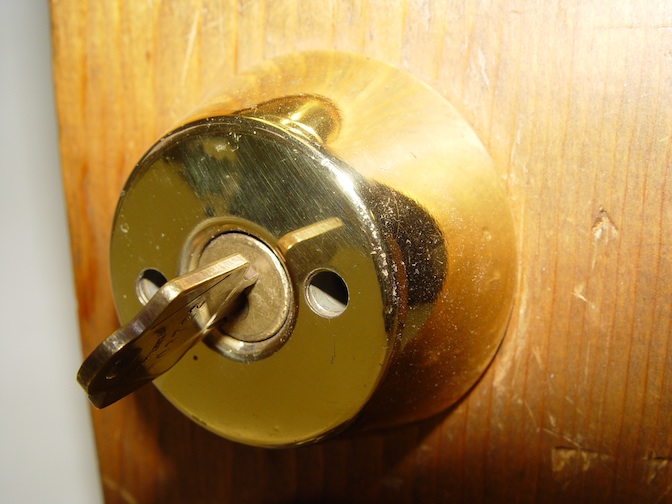By examining the rating label(s) on a safe, you can determine the degree and length of protection it will provide for your valuables.
The temperature on the label is the maximum temperature allowed within the safe during the test.
Class 350 protects paper
Class 150 protects magnetic tape and photographic film
Class 125 protects disks, cds and computer products
The time on the label tells how long the product met the required temperature during the test.
Hourly ratings are 1/2 hr., 1hr., 2hr., and 4hr.
Types of fire resistance testing a safe may undergo are fire endurance test, explosion hazard test, and fire impact test.
Fire Endurance Test - After heat sensors are placed inside the safe, it is locked and put into a furnace. Safes rated for less than an hour may specify the temperature tested at on the fire label. A 1hr. rated safe is tested at 1700°F. A 2hr. rated safe is tested at 1850°F. (The average house fire burns at 1200°F.) The internal temperature is measured and must never exceed the temperature on the label. Usually 350°F, 150°F, or 125°F. (Paper chars at 450°F.) Then the safe is opened and examined for any visible effect from the heat.
Explosion Hazard Test - The safe is locked and placed into a furnace at 2000°F for 30 minutes (for a 2hr. rating, it's 45 minutes). If this rapid heating does not cause the container to explode or rupture, it is then cooled and opened. The inside, lock mechanism, and bolts are examined for any stress or damage.
Fire Impact Test - The safe is heated under the same conditions as the Explosion Hazard Test. However, within 2 minutes of the safe's removal from the furnace, it's dropped from a specified height onto brick or concrete. The safe must remain locked without deformation or rupture. Once cooled the safe is reinserted into a 1550°F furnace for another 30 minutes (for a 2hr. rating, it's reheated to 1638°F for another 45 minutes). Once cooled again, the safe is inspected inside and out for visible evidence of heat or drop damage.
UL Underwriter's Laboratories rate most safes in the US. They also re-test the products from time to time to make sure the product hasn't changed.
There are different testing facilities in other countries. Ratings and tests may be different on safes imported from other countries.
For more information on fire safe ratings:


























